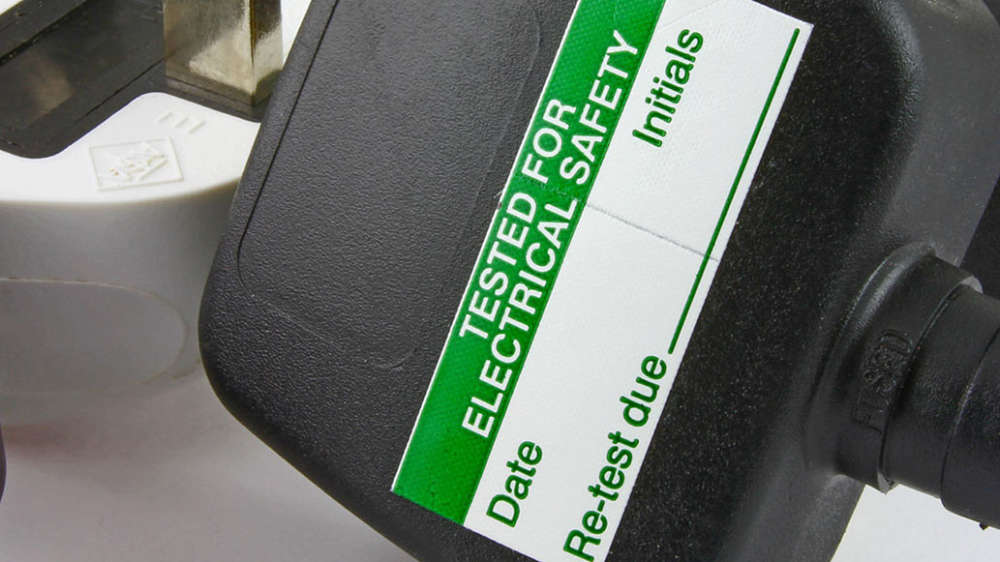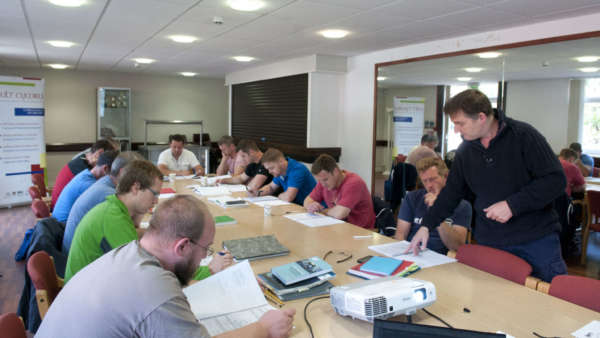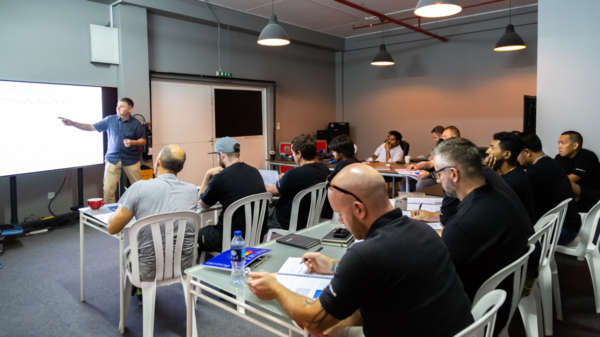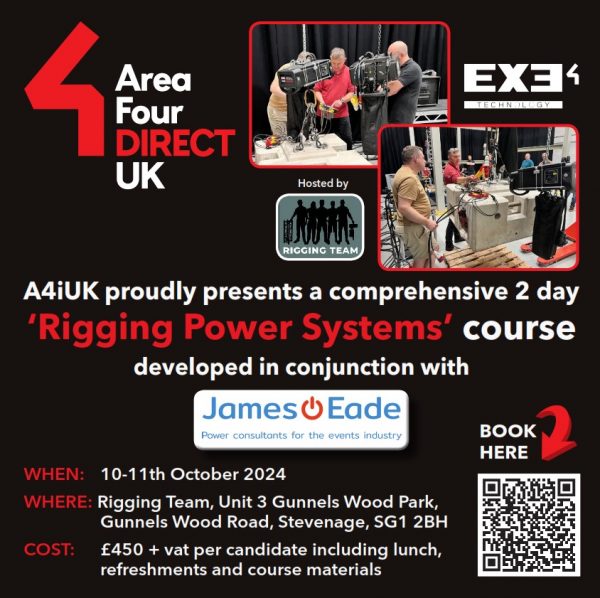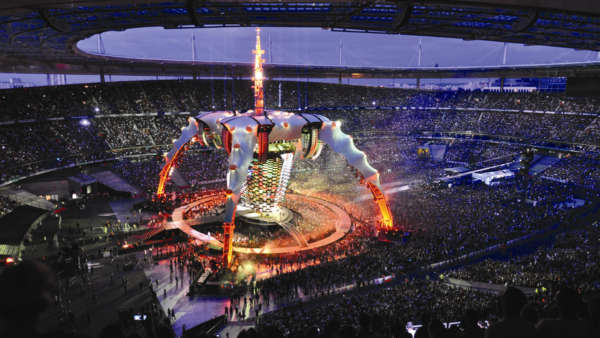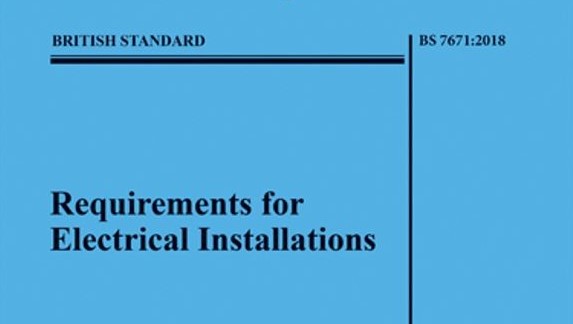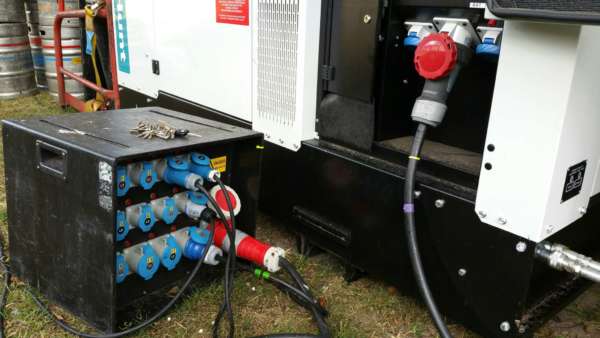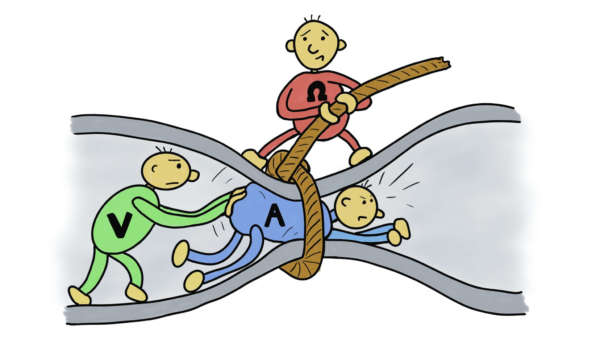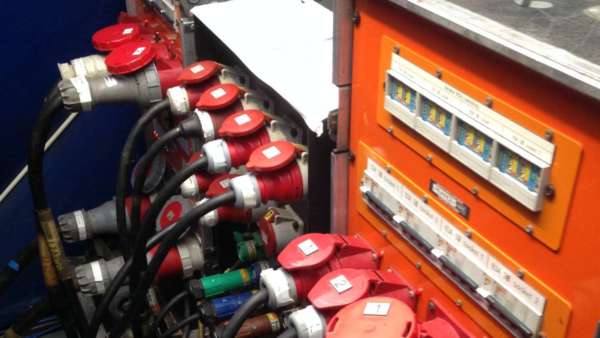Two-day training £2,750 plus VAT for up to 10 candidates. Additional candidates can be accommodated at additional cost.
The revised 5th Edition of the IET Code of Practice on In-service Inspection and Testing of Electrical Equipment brings about a number of changes to what was formerly colloquially known as ‘PAT testing’; not least a move away from the use of ‘portable appliance testing’ as a reference to the process of the inspection and checks that need to be done on equipment while in-service.
James Eade was the author of the 5th edition of the IET Code of practice and he has created this two-day course specifically for those working in events and entertainment. The course is aimed at increasing the candidate’s understanding of the need to take a holistic approach to the management of electrical equipment in the workplace in order to comply with appropriate legislation, along with the practicalities of doing so.
As the course has been developed firmly with the entertainment and events industry as a focus, the content contextualises the requirements of the IET guidance in the Code of Practice in a manner that will be invaluable to rental companies, technicians, freelancers, and venue managers alike.
Topics covered include:
- A basic introduction to electrical theory, the interaction of current, resistance, voltage and power. This allows delegates to understand;
- Electrical protective measures and how they work in practice – insulation, fuses, circuit breakers, residual current devices and what earth has to do with it.
- Equipment scope and classifications are covered in detail – what type of equipment should be inspected and tested and how to identify different protective methods in use Guidance is given on correct cable and connector selection and the inspection requirements.
- The underpinning need for ISITEE stems from legal requirements, so the law is explained in respect of electrical safety and guidance given on electrical equipment safety management, including competency requirements.
- The inspection and testing process is explored along with demonstrations and this element also forms part of the practical assessment. Topics include what should you look for in a visual inspection and how to conduct the appropriate tests according to the equipment class.
- Finally, the all-important reporting and record keeping is covered, but most importantly the guidance in the Code around assessing the correct frequency of inspection and testing is explored in detail along with practical worked examples.
This is followed by a written assessment of approximately 1.5 hours and a practical test in which candidates must demonstrate to the tutor a level of proficiency in conducting a formal inspection and testing of equipment using a proprietary test instrument. The instruments will be supplied by the tutor, but candidates are free to bring their own if they prefer.
Successful candidates receive a James Eade Accredited certificate.


